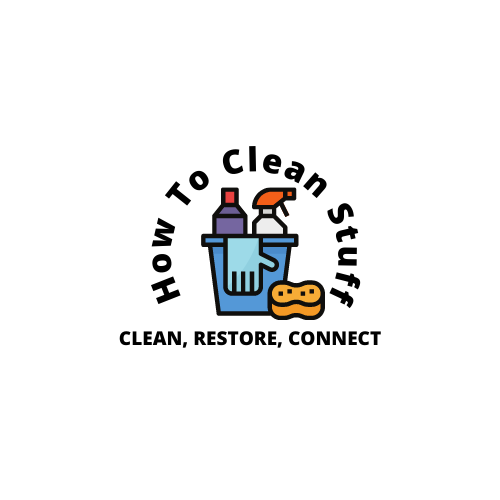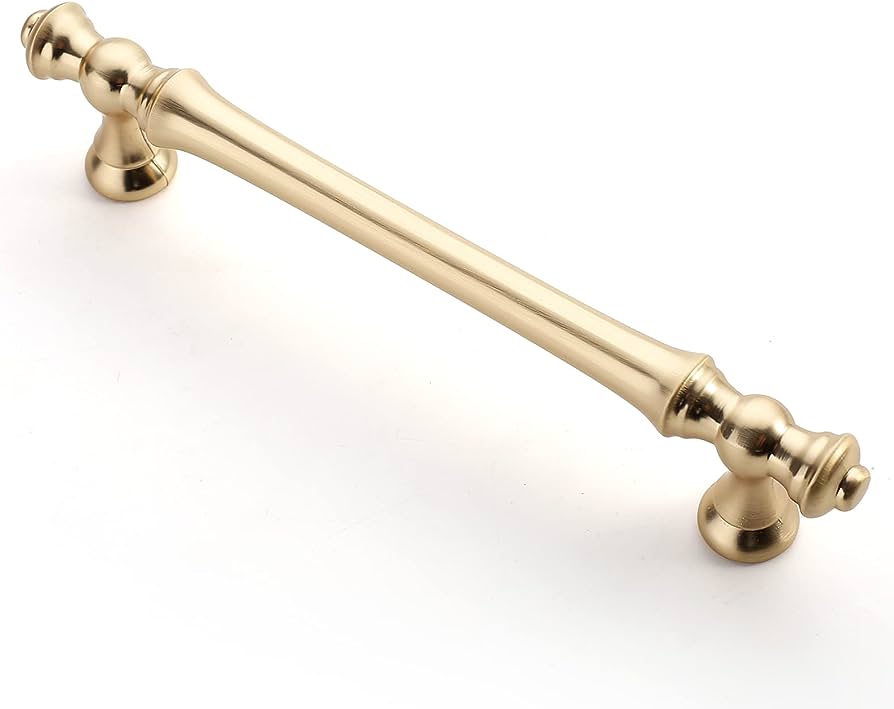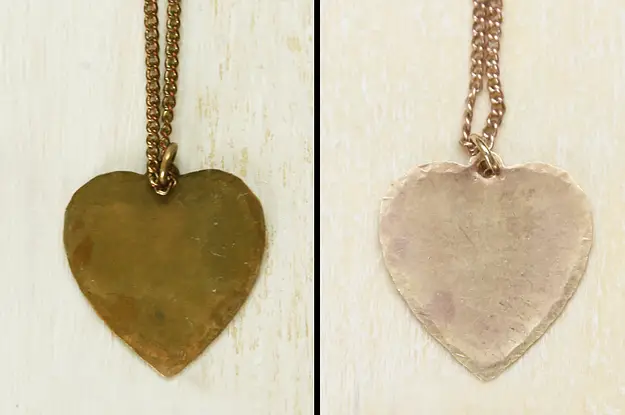With a little know-how and regular maintenance, you can ensure a clean and odor-free environment for your furry friend. First, gather all the necessary supplies like a litter scooper, gloves, and a plastic bag for easy disposal.
Next, remove any solid waste from the litter box using the scooper. This will prevent the buildup of germs and bacteria. Dispose of the waste in a plastic bag and tie it tightly.
Now, it’s time to tackle any clumps of urine-soaked litter. Use the scooper to gently break up the clumps and remove them. It’s important to be thorough to keep your cat’s litter box fresh and hygienic.
Once the solids and clumps are removed, assess the condition of the remaining litter. Generally, it’s recommended to replace the litter completely every one to two weeks, but you can extend this timeframe by adding an extra layer of fresh litter on top. Remember to read the manufacturer’s guidelines on proper litter disposal.
Finally, wipe down the litter box with a pet-friendly disinfectant to ensure a clean surface. Rinse the box with warm water and dry it thoroughly before adding fresh litter. Your feline companion will appreciate the clean environment, and you’ll feel good knowing that their litter box is in top shape.
Dos
- Use unscented clumping litter
- Scoop the litter box daily
- Wash the litter box regularly
- Replace the litter every 1-2 weeks
- Provide multiple litter boxes for multiple cats
Donts
- Don’t use scented litter
- Don’t let the waste accumulate
- Don’t use harsh chemicals to clean the litter box
- Don’t place the litter box near food or water bowls
- Don’t overcrowd the litter box area
Step 1
Clean the litter box daily.
Step 2
Scoop out waste on a daily basis.
Step 3
Use clumping litter for easy removal of waste.
Step 4
Empty and clean the litter box completely once a week.
Step 5
Replace the litter and wash the litter box with hot water and mild soap.
Final thoughts 💭
Regularly cleaning your litter box is essential for maintaining a clean and healthy environment for your cat. By following a few simple steps, such as scooping daily, replacing litter regularly, and thoroughly cleaning the litter box on a regular basis, you can ensure that your cat has a clean and comfortable place to do their business. Remember to use appropriate cleaning products and always wash your hands thoroughly after handling the litter box. By keeping the litter box clean, you can help prevent odors, minimize the risk of infections, and promote your cat’s overall well-being.






Leave a Reply